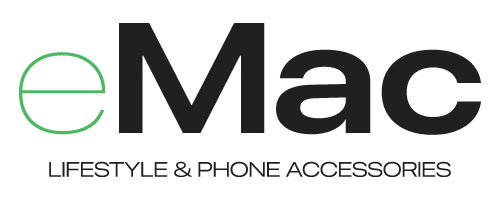The Importance of Content Formatting in HTML
When it comes to creating web content, one of the key elements to consider is the formatting. HTML, or HyperText Markup Language, provides a way to structure and format content on the web. By using HTML tags, you can organize your content and make it more readable and appealing to your audience. In this blog post, we will explore the importance of content formatting in HTML and how it can enhance the overall user experience.
Enhancing Readability with Headings
Headings are an essential part of content formatting in HTML. They allow you to divide your content into sections and provide a clear hierarchy. By using <h2> headings, you can create subheadings that make it easier for readers to navigate through your content. These headings also help search engines understand the structure of your page and improve its visibility in search results.
For example, let’s say you’re writing a blog post about different types of fruits. You can use <h2> headings to separate the content into sections such as « Citrus Fruits, » « Tropical Fruits, » and « Berries. » This not only makes it easier for readers to find the information they’re looking for but also improves the overall organization of your content.
Formatting for Accessibility
Another important aspect of content formatting in HTML is accessibility. By using proper formatting techniques, you can make your content more accessible to people with disabilities. For example, using headings in a logical order (e.g., <h1> for main headings, <h2> for subheadings) allows screen readers to navigate through the content more easily.
In addition to headings, HTML provides other formatting options that can enhance accessibility. For instance, you can use <p> tags to separate paragraphs, <strong> tags to emphasize important text, and <ul> and <li> tags to create bulleted lists. These formatting techniques not only improve readability but also ensure that your content is accessible to a wider audience.
Improving User Experience with Styling
HTML formatting goes beyond just organizing content and making it accessible. It also allows you to add style and visual appeal to your web pages. By using CSS, you can apply various styles to your HTML elements, such as changing the font, color, or background. This helps create a visually appealing and engaging user experience.
For example, you can use CSS to style your <h2> headings with a different font, color, or size to make them stand out. You can also add background images or gradients to certain sections of your content to make them more visually appealing. These styling options not only make your content more attractive but also contribute to a positive user experience.
Conclusion
Content formatting in HTML plays a crucial role in creating well-structured, accessible, and visually appealing web content. By using <h2> headings, you can organize your content into sections and improve readability. Proper formatting techniques also enhance accessibility for people with disabilities, making your content more inclusive. Furthermore, by applying CSS styles, you can add visual appeal and create a positive user experience. So, next time you create web content, remember the importance of content formatting in HTML and utilize it to optimize your content’s impact.
